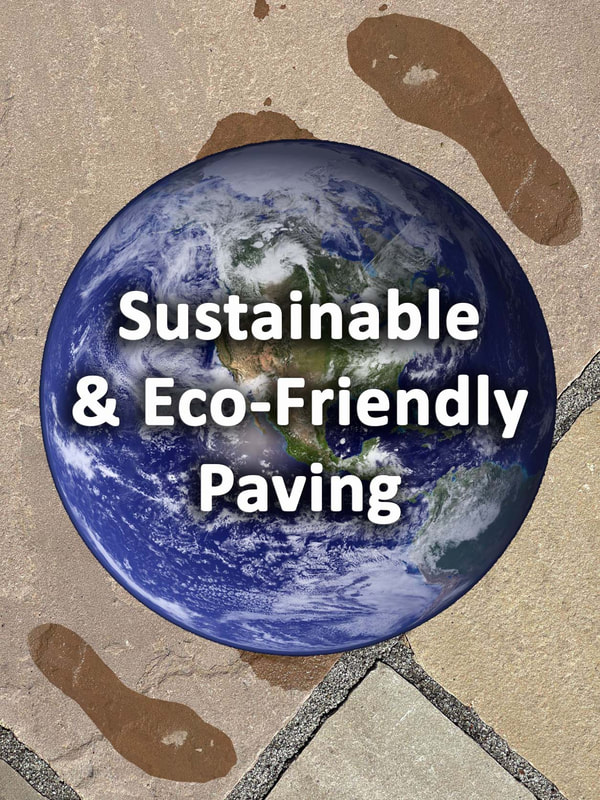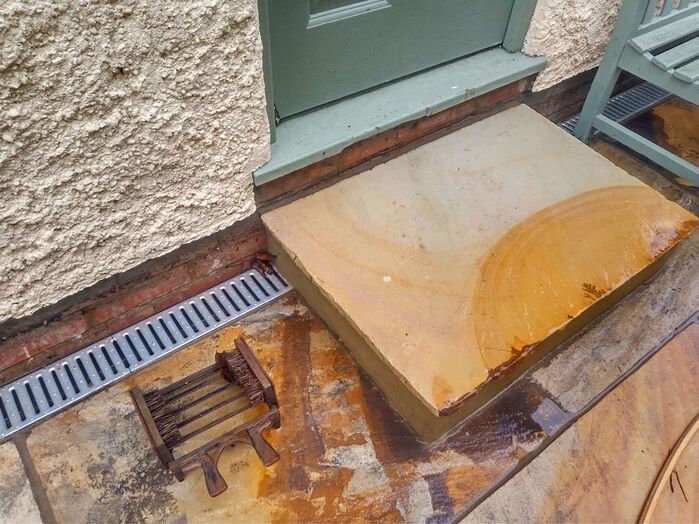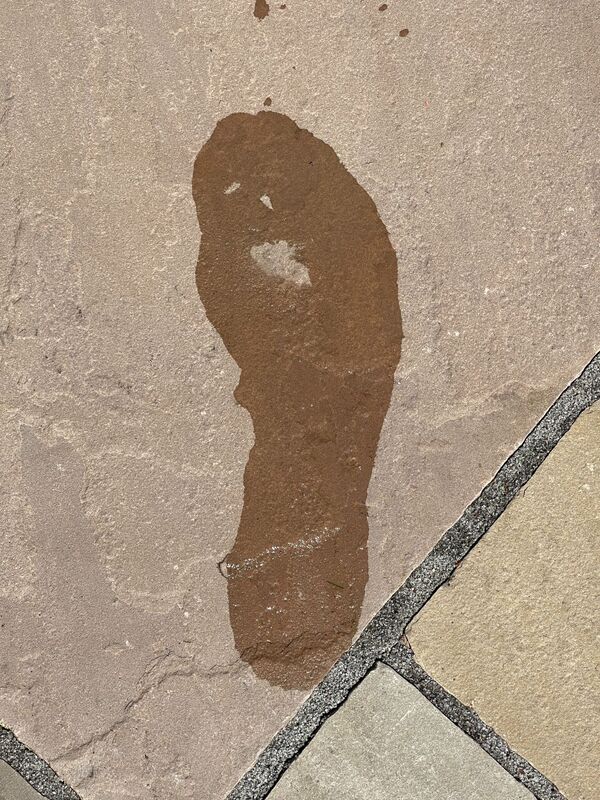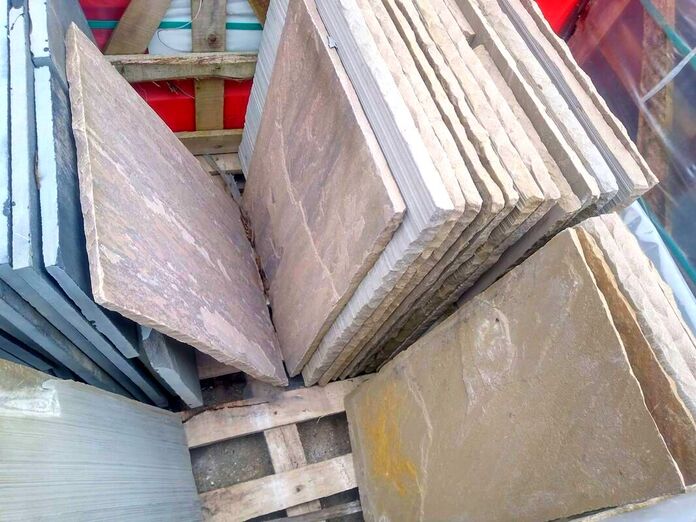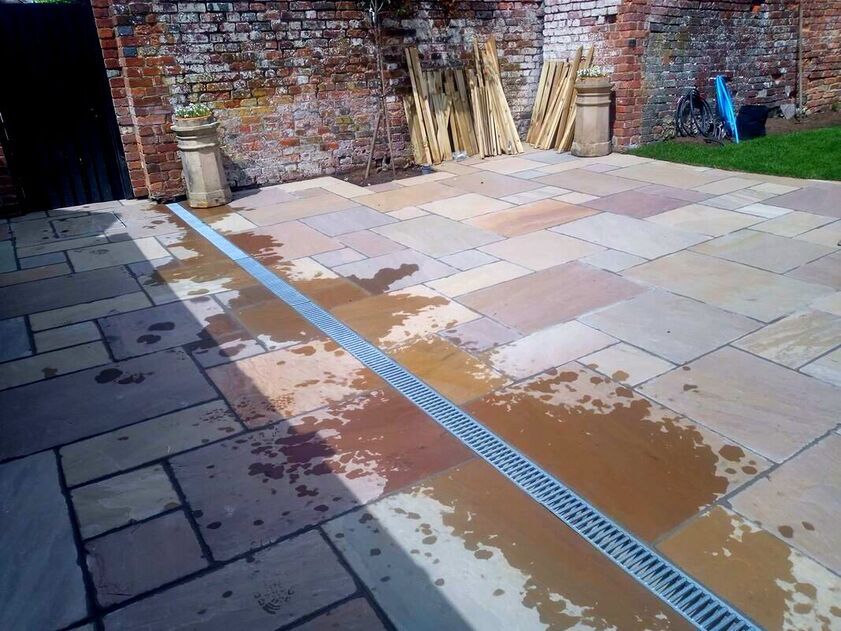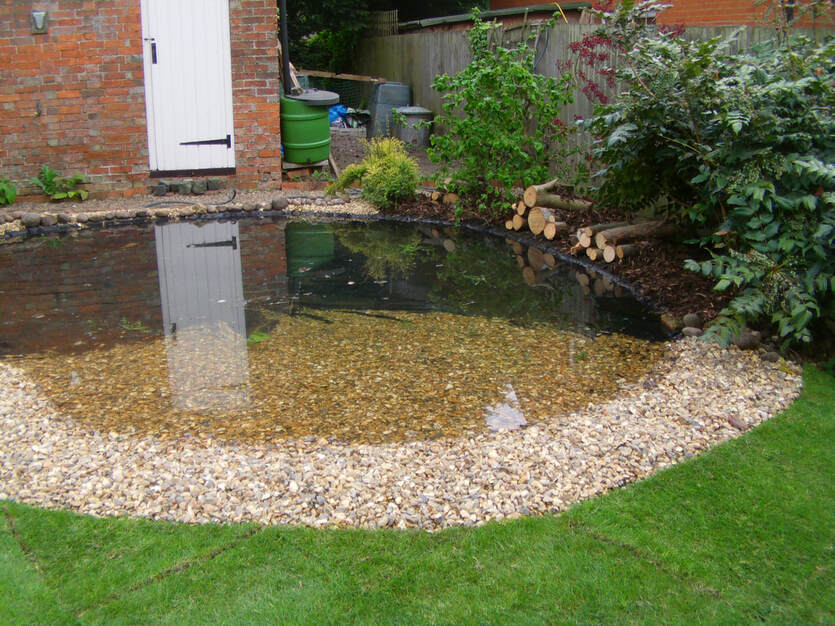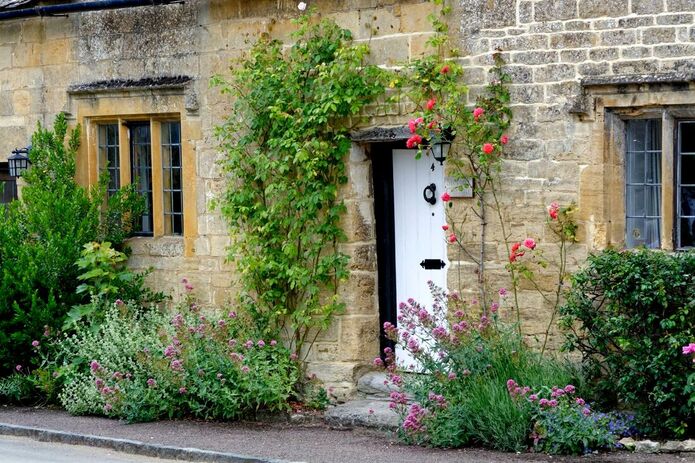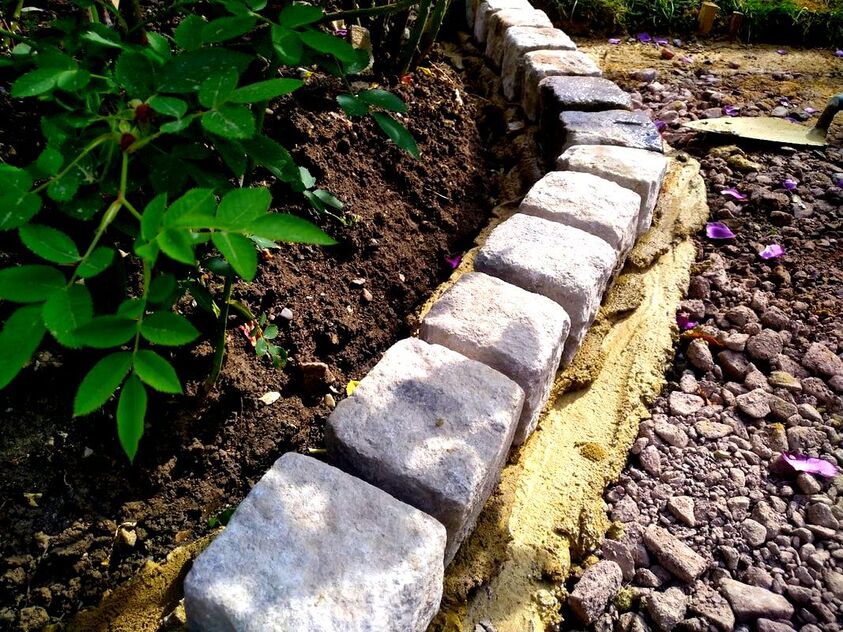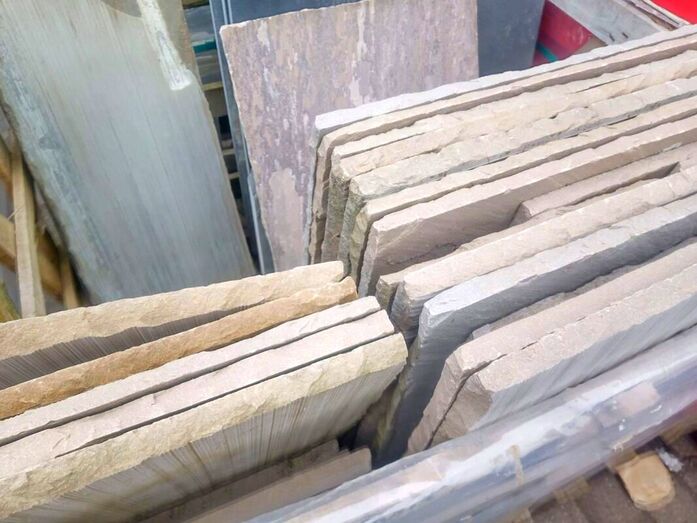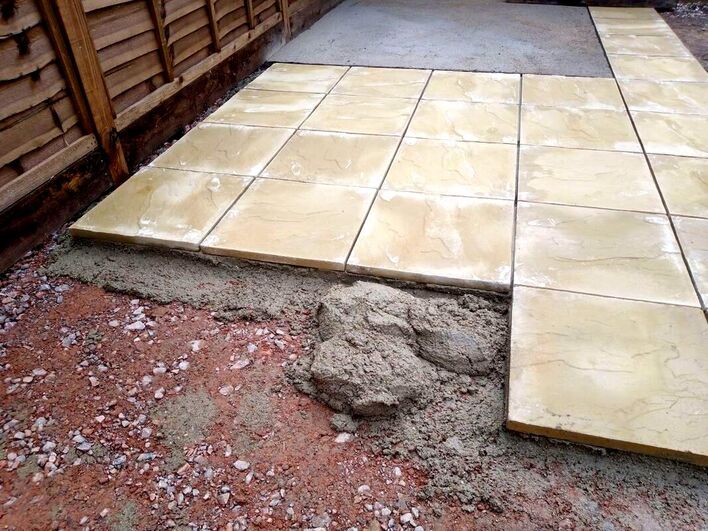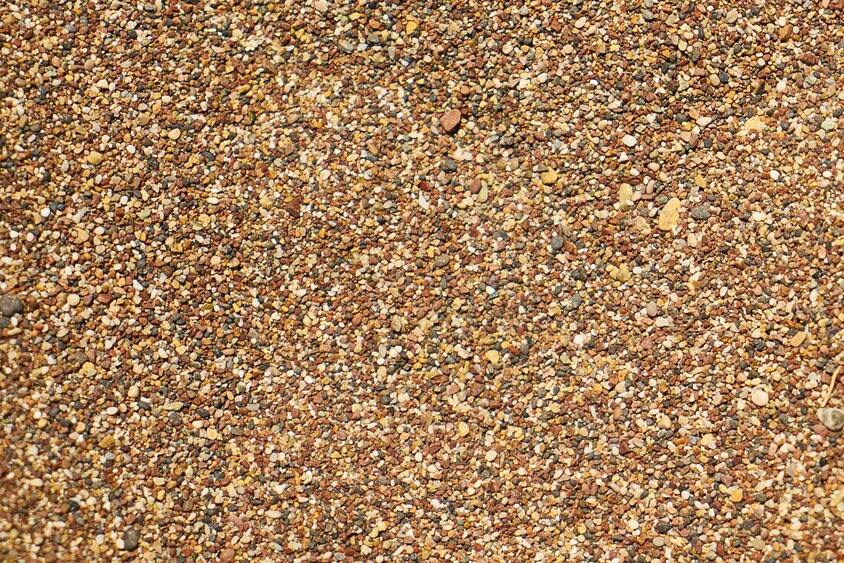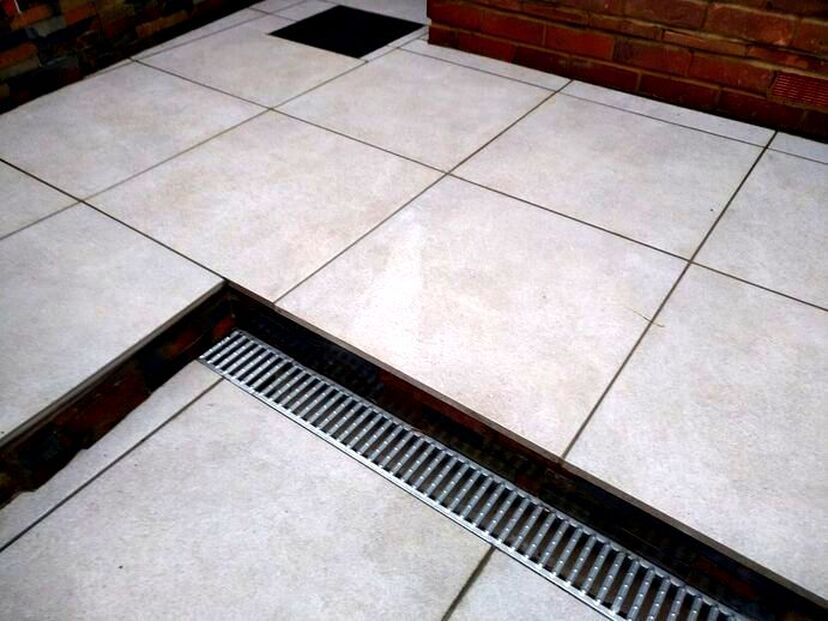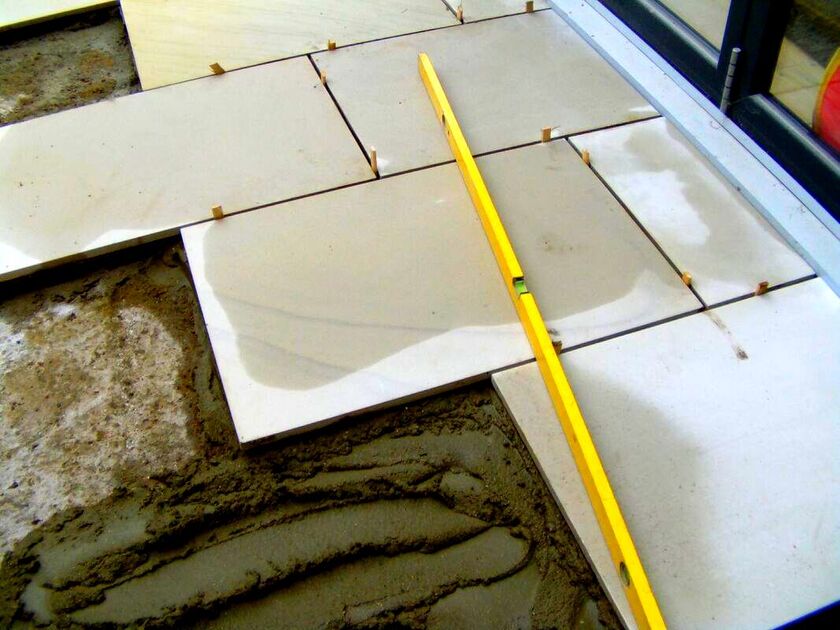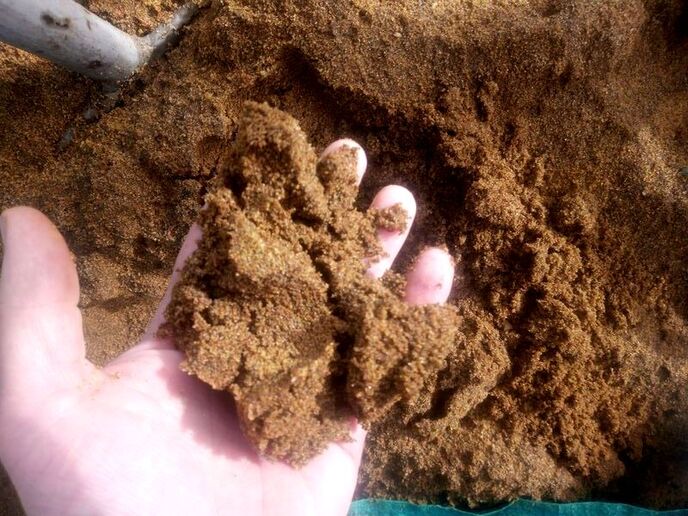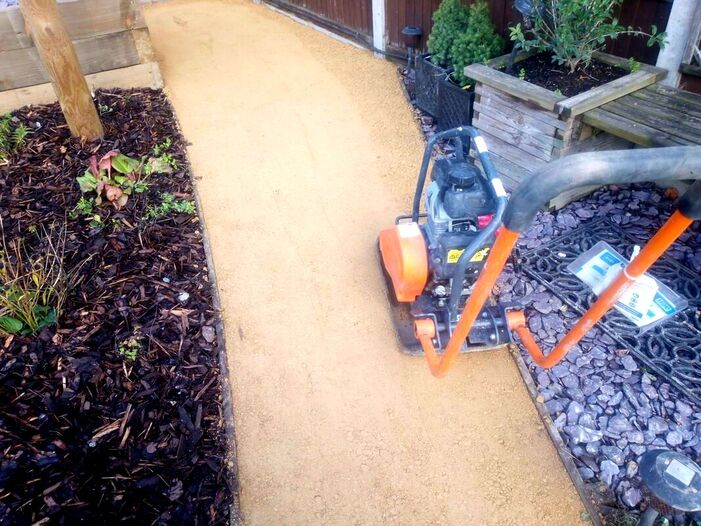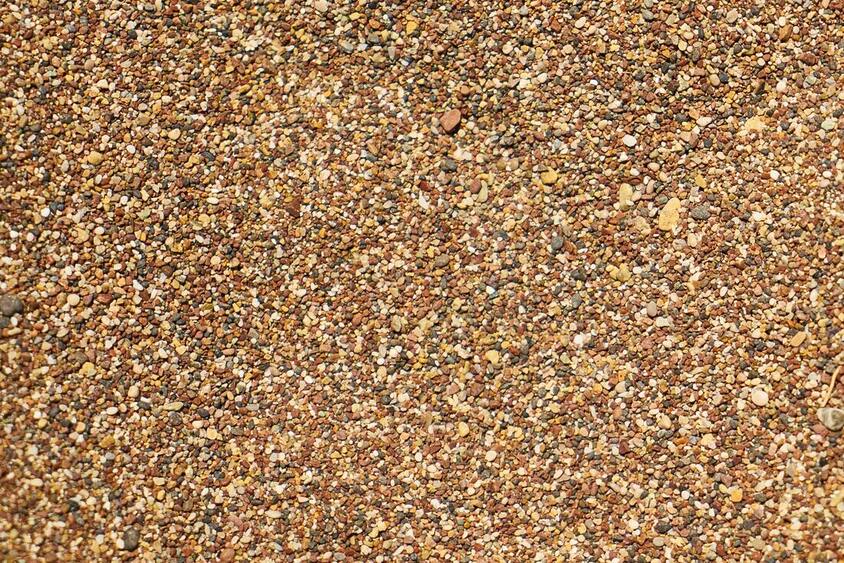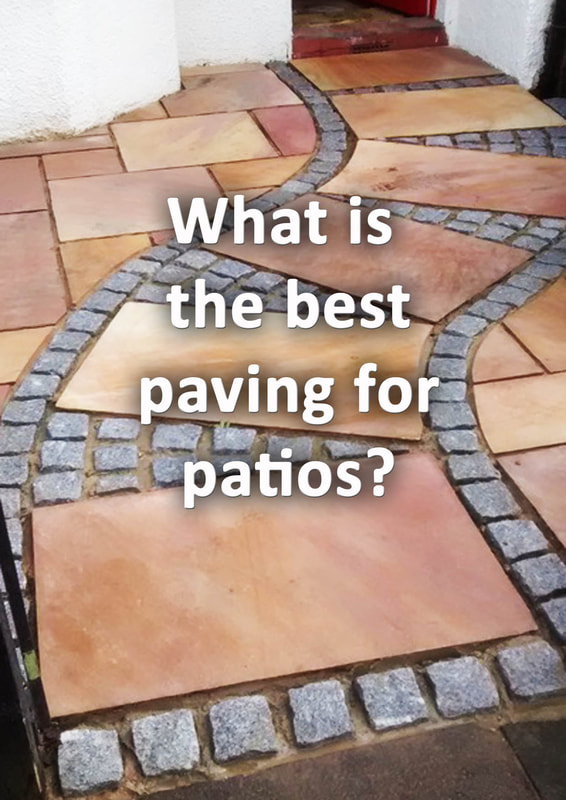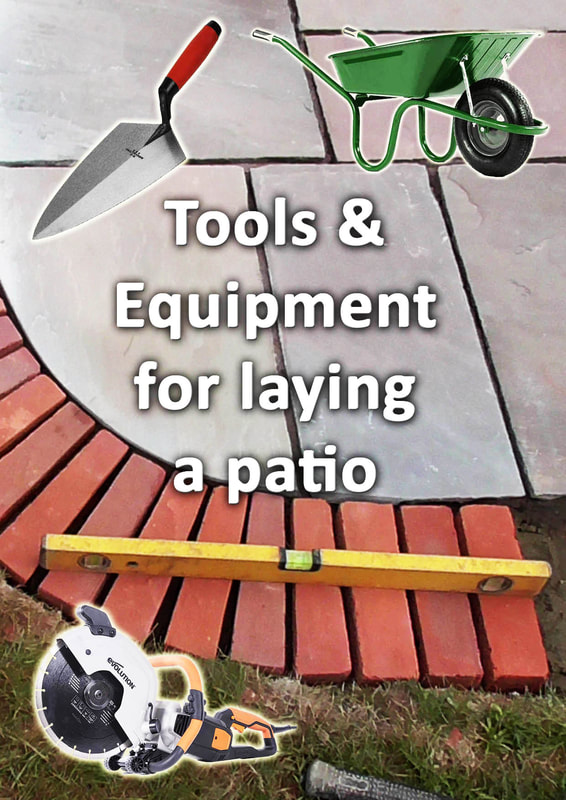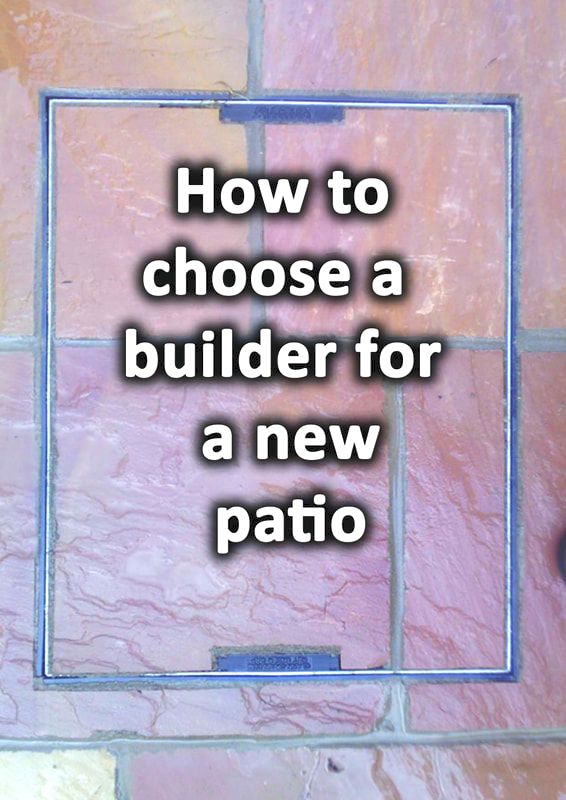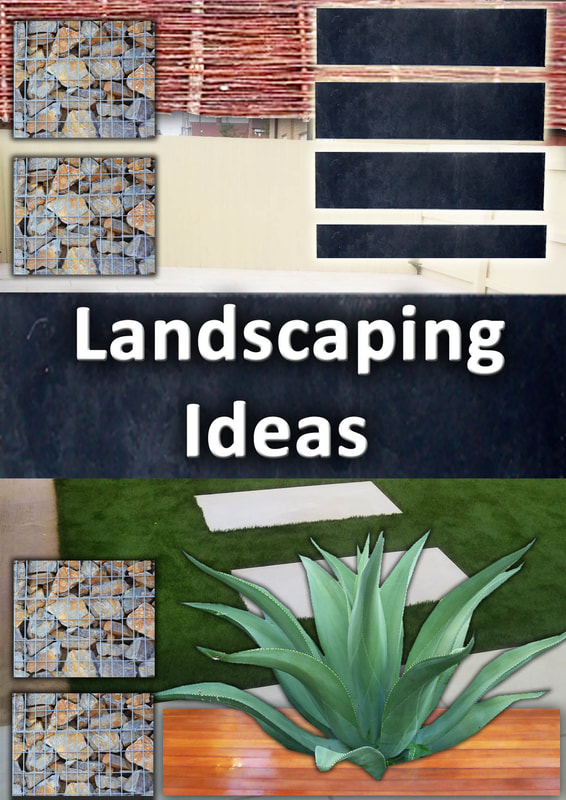|
This article contains affiliate links
There is an enhanced desire today to be as sustainable and eco friendly as possible.
It has become increasingly obvious that our everyday living and consumption directly effects the environment. Even essential needs like heating and eating facilitate the destruction of habitats and increase pollution. Consequently, any changes to our living environments must be scrutinised on an ecological basis. This is even more so the case when paving over outside spaces. Very often, new paving will accelerate storm water runoff, exacerbate the 'heat island effect' and reduce biodiversity. All of which are extremely detrimental to both the local and wider environment. Therefore, in this article, I will explore which paving is the most eco friendly and sustainable. Understanding sustainability in paving
A typical problem I see in regard to sustainability is understanding what it actually means. The general population have been conditioned to believe sustainability is about the climate. This is fundamentally false; elements concerning sustainability can affect the climate but it is not sustainability itself. Sustainability is about an individual’s impact upon the wider environment and ecosystem.
This can be understood more simplistically by a person’s ecological footprint. Fundamentally, the more energy, food and products you consume the more land you take up.
The more land you take up the less land there is for ecosystems and natural processes. In reality, there is no paving choice which will mitigate your own, personal, ecological impact in any given year.
I think it is very important for everyone to understand this fundamental concept.
There are paving choices which are less polluting and have less impact on the planet, we will discuss these later. However, the most sustainable aspect of any paving will not necessarily be the paving itself. More often it will be the installation of that paving and the ecological attributes of the surrounding landscaping. What is the most sustainable paving?
The most sustainable paving will be sourced locally, enhance natural process, and be installed robustly to last the test of time. Paving products which colours and appearance do not fade over time will be more sustainable and eco-friendly. This rules out manufactured, concrete aggregate paving and block paving which aesthetics do eventually degrade. The latter paving types are also the most energy intensive and polluting to produce.
Sustainable paving will be extremely durable encouraging reclamation and re-use if re-surfacing ever takes place.
This puts natural stone paving from a durable geology the most sustainable form of paving. Consequently I would put forward hardwearing natural stone such as; Slate, Granite, and dense Sandstones. As well as being aesthetically pleasing and durable, natural stones colours do not fade over time. Is paving environmentally friendly?
The problem with this question is it completely ignores a landscapes wider context. Generally, I would say no, paving is not sustainable! However, the bed we sleep in, the journey to work and last night’s dinner is also most likely not sustainable. What if ‘Impermeable paving’ was laid with falls so surface water could be channelled into an ecological drainage system? Storm water would travel through bios-wales irrigating your gardens borders and vegetable gardens.
Any excess storm water could flow into a series of small wetland habitats and wildlife ponds.
These wetlands could then become heaving with vibrant ecology and biodiversity. Species such as frogs, newts and hedgehogs would now forage your vegetable plot at night for pests such as slugs! This would prevent you from needing to spray your plants with chemicals to keep away pests! Before you know it, your whole garden is the most sustainable and eco-friendly it has ever been!
This was all because, you laid ‘impermeable paving’, which is apparently the most unsustainable and un-ecological paving option!
The point I am trying to make is, it is not the paving itself which dictates if it is eco-friendly or sustainable. It is the design, planning and installation of that paving which really matters. Using contextual materials
Before the age of cheap energy, mechanised technology and global supply chains building materials were typically contextual. Contextual materials are those which are naturally found and utilised locally. This can be appreciated in regions such as Wales where slate was extensively used for roofing and paving.
If you ever visit the Cotswolds you will notice all buildings are built with the local Cotswold stone.
This historical convenience of using contextual materials has also a real relevance for sustainability. Many landscape design projects use contextual materials to enhance a sustainable message. In such cases the eco-friendly message is often more relevant than any reduction in carbon footprint. Reclaiming and re-use
If paving is durable and retains its aesthetics there is no reason not to reclaim it and use it again. This is probably the best example of sustainable paving. Such an example can be seen with granite setts, no matter how many times they are laid they can be re-used. This is why I always say the most sustainable paving is very hardwearing natural stone. Even with natural paving which has broken into may pieces, this can always be laid as crazy paving. Broken up natural stone also makes very effective dry stone walls. Most of the time, manmade, concrete, paving will look tired and worn after around 15 years. This type of paving is never re-used and always ends up in landfill. Natural stone paving
As I have reiterated, robust, natural stone is the most sustainable choice in the long run. However, there is no illusion to the fact that these natural stone quarries do harm the environment. Most affordable, natural stone products come from countries where labour is cheaper Good examples of these are Brazil and India where worker protection laws are slim to none. The fact that others work for poor pay in bad conditions is actually very unpalatable. Therefore, there is always an ethical consideration to also make when choosing paving. However, slithers of rock being cut and shipped across the globe to clad western suburbia isn’t very eco-friendly. Concrete aggregate paving
Anyone who has had a concrete paving product long enough will know they always fade. I have never seen a patio that looks good using manufactured paving after around 15 years. The only products that come close are those which are meant to have grey tones. This is because concrete naturally has a grey colour. As colour dyes fade such paving always ends up a pasty grey colour . As time goes by acids within the rain penetrate the surface making it more porous.
This leads to algae establishment and dark, ingrained, surface stains. The only manufactured paving which does a good job of lasting is granite aggregate pavers.
In terms of sustainability I have to emphasise the longevity of a paving’s aesthetics. This will determine whether it is enjoyed for a lifetime or continuously replaced. Not only does concrete paving fade over time the manufacturing process is also very energy intensive and polluting. Is permeable paving eco friendly?
It’s a fascination to me that sustainable and eco-friendly paving is assumed to be always permeable. In fact, many seem to think that permeable paving and sustainable paving are the same thing! This is simply incorrect and highlights an attitude which has led to stagnant progress on sustainable landscape development. Policy makers often specify ‘sustainable criteria’ for developments without actually understanding why. It seems all they have to do is specify ‘permeable paving’ and its job done. Wrong! This attitude simply highlights the missed opportunities many developments miss out on.
Permeable paving is effective at slowing storm water runoff, reducing pollution and preventing flash flooding. However this does not actually mean it is sustainable or eco-friendly.
In fact, most products marketed as permeable paving are not actually permeable at all. Surfaces such as resin bound aggregate and permeable block pavers are still often laid upon impermeable sub-bases. Such a sub-base means the surface simply fills with water and then discharges the rest as run-off. This makes them much less effective in times of very heavy rain. I have always said it is much more sustainable to use impermeable paving and utilise the captured runoff ecologically.
This can be achieved with drainage grills, acco chambers and drainage gulleys. Storm water can then be stored in large storage tanks and pumped up for irrigation during the summer.
In times of excessive rainfall overflow valves can direct water into seasonally flooded wetlands and wildlife ponds. Not only would this be more sustainable it would actually increase local biodiversity. Therefore, I recognise permeable paving has some sustainable benefit. However, I feel this is generally overrated and normally distracts from more exciting and sustainable, landscape opportunities. Sustainable paving is installed robustlyOne of the biggest features of a paving’s sustainability is its construction. If paving is laid upon a robust base on a solid mortar bed it should last 100 years. Paving which is laid to last will always score very high on the sustainability scale. This is even so for paving materials which may not be thought of as sustainable. A perfect example of this is my high school friend’s parent’s driveway. This crazy paving driveway was laid by his grandfather in 1963. He excavated the driveway down 300mm, laid a compacted sub-base and a 100mm layer of concrete.
The crazy paving was then laid on a strong and consistent 40mm layer of mortar and jointed.
At the time of writing this driveway is still there and does not have a single crack in it. There is no doubt in my mind it would last another 60 years. Even though the driveway was built with less sustainable materials, it is sustainable because of its sound construction. The fact the average driveway today lasts around 30 years brings into question their sustainability. Having the most sustainable and locally sourced paving means nothing if it is not installed to last. Sustainable & Eco friendly alternatives to paving
If you are not convinced by paving’s potential to be sustainable and eco friendly you may want an alternative. Below I have listed three of the main sustainable alternatives to laying paving. Gravel
|
The Author
|
Landscaping services across Buckinghamshire, Amersham, Aylesbury & High Wycombe
Hyde Heath, Amersham, Buckinghamshire |
|
